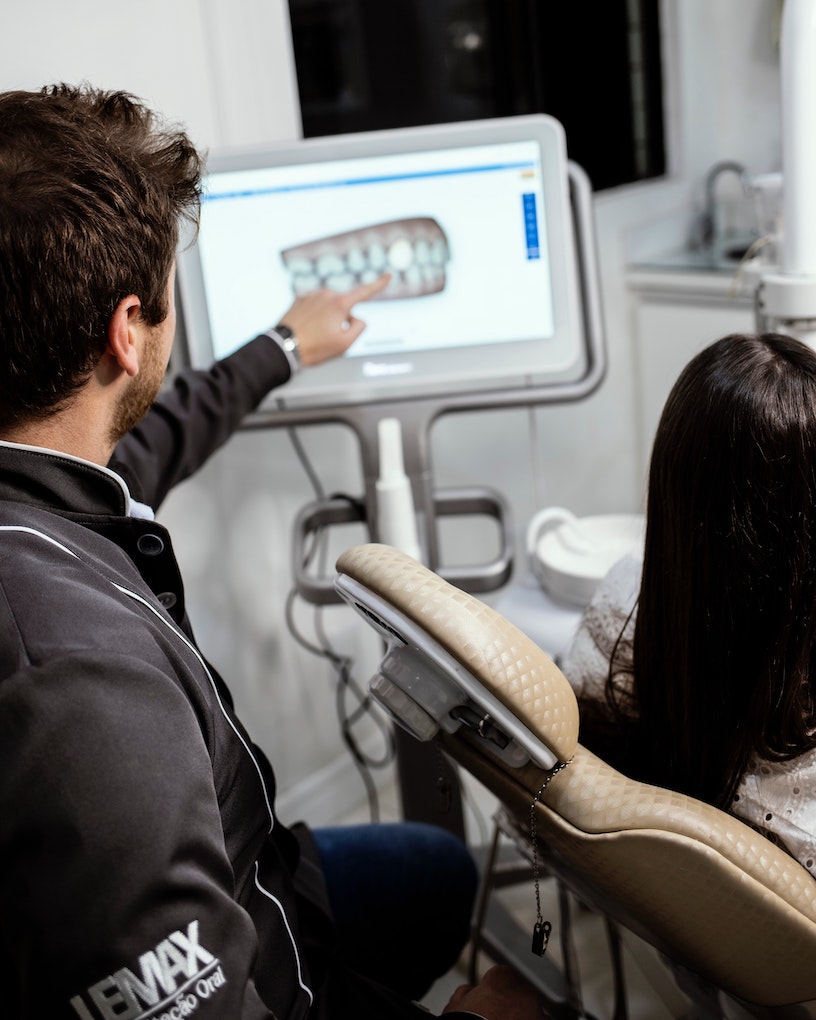
August 21, 2023
How to Minimize Conflict with Patients at Your Dental Practice

No matter how diligent or friendly your staff is, there’s always a chance they’ll be on the receiving end of some form of conflict. It can be easy to take it personally, even though oftentimes it has nothing to do with the people involved. The best thing you and your dental practice can do is work together to be proactive instead of reactive. Here are some common issues and how to handle them before they become problematic.
Define your plan
Whether your patient received a “financial surprise” or someone is just frustrated with a long wait time, you’ll want to have a conflict resolution plan for your entire staff. This should include defining who deals with issues in specific scenarios, like scheduling or billing. If someone is put on the spot who isn’t the best person to handle the situation, there’s a chance the confrontation will escalate.
Listen to concerns
Before diving into problem-solving mode, you must first listen to all the patient’s concerns. Rephrasing the details of their issue shows you are trying to gather all the appropriate information so you can best handle the situation. Sometimes, just feeling heard can be enough for the person experiencing the issue. Above all, resist the urge to solve the problem in real-time and rather let the patient know you’re handling the issue and will get back to them with a solution.
Act appropriately
After getting all the facts, including from any other staff members involved, it’s time to get to the root of the problem. Once you’ve determined the cause, take the responsibility of correcting the issue and acknowledging any wrongdoing if your staff did cause the problem. Let your patient know what you’ve discovered while investigating the issue and the steps you and your team will take to correct the problem.
Follow up
Before concluding your conversation with the patient, provide a timeline of when they can expect the issue to be resolved. Even if you’re still looking into the situation, it’s essential to check in at the time you said you would. For example, if your billers used the wrong medical code, explain the process for correcting the billing code errors and reprocessing the claims. Apologize for any inconvenience and then follow up again to make sure the issue is truly resolved on their end.
Make corrections
If many of the same issues keep arising, take the opportunity to revamp your processes. A common complaint is patients who experience sticker shock after a treatment. Maybe you then have the patient sign paperwork outlining any out-of-pocket expenses or ask for payment upfront on the day of the treatment. Be sure to communicate any changes to your staff, most importantly. It’s the easiest way to minimize conflict and enhance the overall patient experience at your dental practice.
What’s next?
There are countless ways to ensure your dental practice thrives and is profitable. Contact the experts at Professional Transition Strategies for more ways to grow your dental practice.